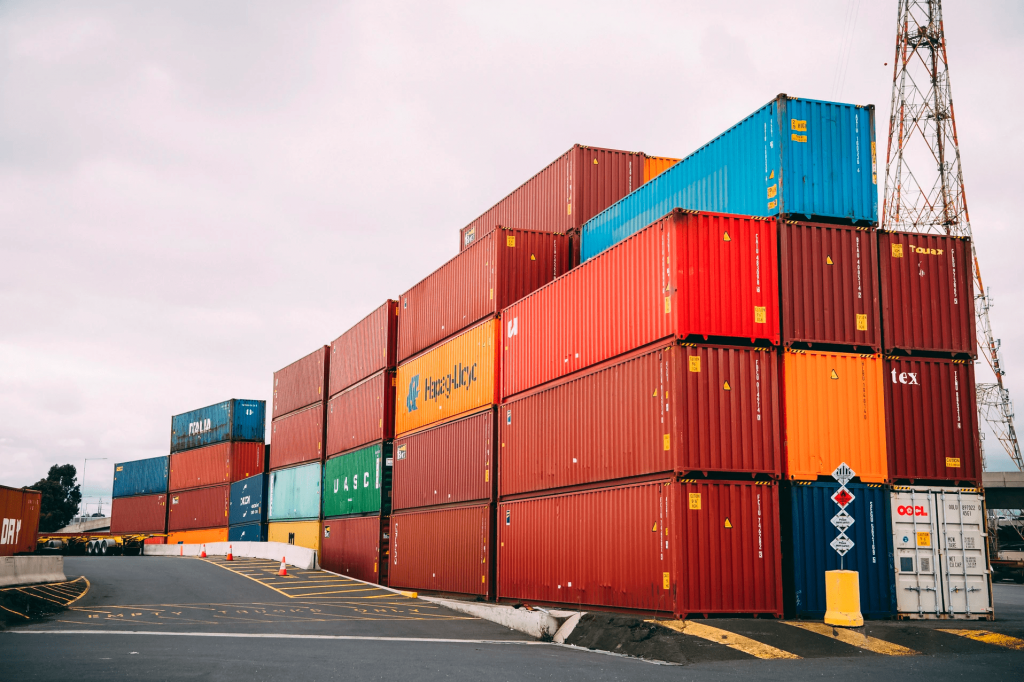In the global spice and herb industry, cultivating and processing high-quality products is only part of the equation. Equally important—yet often underestimated—is the intricate process of getting those products from farm gates to international buyers. Export logistics for spices and herbs involves a complex sequence of activities that include documentation, packaging, customs clearance, and transportation. Each phase presents its own challenges and requires meticulous planning and execution. For exporters aiming to build a reliable and reputable business, understanding and mastering export logistics is essential. This essay provides a detailed roadmap from documentation to final delivery, helping spice exporters avoid common pitfalls and optimize their global operations.

Essential Export Documentation
2.1 Commercial Invoice
- A detailed invoice that lists the buyer and seller details, product description, quantity, unit price, total value, terms of sale (Incoterms), and payment terms.
- Must match exactly with the contents of the shipment and other documents.
2.2 Packing List
- Describes how goods are packed: number of cartons, gross/net weight, dimensions, and markings.
- Helps customs officials verify cargo and check for compliance.
2.3 Bill of Lading (B/L) or Air Waybill (AWB)
- A transport document issued by the carrier that serves as a receipt of goods and a document of title.
- For sea freight: Bill of Lading; for air freight: Air Waybill.
2.4 Certificate of Origin (COO)
- Issued by a chamber of commerce or authorized body, it certifies that the goods originated from a specific country.
- Some importing countries offer preferential tariffs for certain countries under trade agreements (e.g., GSP, EU-India trade).
2.5 Phytosanitary Certificate
- Ensures that the spices or herbs are free from pests, disease, or contaminants.
- Issued by the national plant protection organization (NPPO).
2.6 Fumigation Certificate
- Required for some dried spices to confirm treatment against pests.
2.7 Insurance Certificate
- Proof that the cargo is covered in case of damage or loss during transit.
3. Packaging and Labeling
Proper packaging is vital not just for protection during transit but also for compliance with import regulations.
3.1 Export-Grade Packaging
- Moisture-resistant, pest-proof, and durable.
- Use of food-grade inner linings (e.g., polyethylene or vacuum-sealed pouches) inside jute, paperboard, or laminated cartons.
3.2 Labelling Requirements
- Must include product name, batch number, net weight, country of origin, production and expiry dates, and any applicable certifications (organic, fair-trade, etc.).
- Some markets require labeling in the local language or according to their regulatory guidelines.
3.3 Palletization
- Spices packed in uniform-sized cartons and stacked on export pallets (often heat-treated) for ease of handling, stability, and prevention of contamination.
4. Choosing the Right Mode of Transport
Transportation choice depends on product shelf life, cost constraints, and delivery timelines.

4.1 Sea Freight
- Most cost-effective for large shipments.
- Options include Full Container Load (FCL) or Less than Container Load (LCL).
- Transit time varies from 10 to 45 days depending on destination.
4.2 Air Freight
- Faster and ideal for perishable or high-value spices like saffron or fresh herbs.
- More expensive but reduces exposure to moisture and contamination.
4.3 Land and Multimodal Transport
- Often used in regional trade (e.g., India to neighboring countries via truck).
- Requires coordination between multiple logistics providers.
5. Customs Clearance
Customs procedures vary by country, but typically include:
- Submission of Required Documents: Commercial invoice, packing list, bill of lading, COO, and any licenses or certificates.
- Payment of Duties and Taxes: Depending on the tariff classification of the spice and the importing country’s regulations.
- Inspection and Quarantine: Some shipments are randomly or mandatorily inspected for compliance with food safety and plant quarantine laws.
A customs broker or freight forwarder is often employed to manage this process smoothly.
6. Freight Forwarders and Logistics Partners
Engaging experienced logistics partners can make the export process significantly easier. Their responsibilities may include:
- Booking cargo space on vessels or aircraft.
- Coordinating with customs authorities.
- Arranging warehousing and cargo insurance.
- Providing tracking and documentation support.
Look for freight forwarders with experience in handling agricultural or food products, particularly in your target export regions.
7. Risk Management: Insurance and Compliance
International trade involves risks such as shipment delays, theft, product damage, or even regulatory crackdowns. Exporters should:
- Insure Shipments: Against loss, damage, or delays with cargo insurance policies.
- Understand Incoterms: These define when risk and responsibility transfer from seller to buyer. Common terms include FOB (Free on Board), CIF (Cost, Insurance, Freight), and DDP (Delivered Duty Paid).
- Stay Updated on Trade Laws: Regulatory changes (e.g., pesticide residue limits, import bans) can affect market access.
8. Post-Shipment and Payment
Once the goods are shipped:
- Track the Shipment: Use digital tracking tools and share updates with the buyer.
- Provide Final Documentation: Send original or digital documents as required for payment release.
- Payment Collection: Depending on agreed terms—advance, letter of credit, or open account—ensure secure and timely payment.
Conclusion
Exporting spices and herbs is more than just moving goods across borders—it’s a detailed, multi-stage process that demands legal knowledge, logistics expertise, and strategic coordination. Each element, from documentation and customs clearance to packaging and delivery, plays a crucial role in ensuring that the final product arrives at its destination safely, legally, and on time. For new exporters, mastering these processes can be daunting. But with careful planning, reliable partners, and a commitment to compliance, spice exporters can build a robust, scalable export operation and unlock vast global markets for their aromatic offerings.
